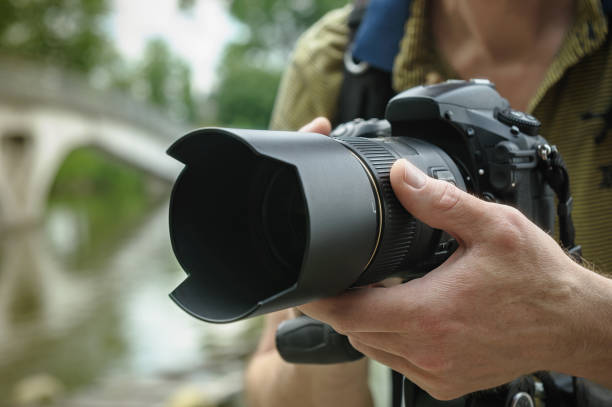Turning your snap black is an art that combines creativity with the right techniques.
It can add drama, depth, and timelessness to your photos. In this comprehensive guide, we’ll explore the steps and tools you need to achieve striking black-and-white photos.
Whether you’re a professional photographer or just a smartphone user looking to enhance your photos, this article will guide you through the process.
So, how do you turn your snap black? Let’s dive into the world of stunning black-and-white photography.
Table of contents
Read Also: How To Remove Open To Work On LinkedIn Mobile App
The Basics of Black-and-White Photography
Black-and-white photography isn’t just about removing color. It’s about capturing the essence of a moment, emphasizing contrast, and playing with shadows and highlights. Here’s how to get started:
1. Choosing the Right Subject
To turn your snap black, start with a compelling subject. Anything with strong shapes, textures, or emotions can make for a great black-and-white photo. Try to capture portraits, landscapes, or architecture with interesting details.
2. Adjusting Camera Settings
If you’re using a DSLR or a smartphone, make sure to set your camera to capture in black and white or monochrome mode. Adjust the exposure settings to get the best contrast.
3. Finding the Perfect Lighting
Lighting is crucial in black-and-white photography. Natural light, especially during the golden hour, can provide a beautiful contrast.
Experiment with various lighting conditions to see what works best for your subject.
4. Using Editing Software
You can turn a color photo into black and white using various software, like Adobe Lightroom or mobile apps. These tools allow you to control contrast and exposure and add filters.
Read Also: Why is My Bedroom So Dusty? 5 Reasons According to Cleaning Experts
5. Adjusting Contrast
In black-and-white photography, contrast is your best friend. Enhance the contrast to make the blacks deeper and the whites brighter, giving your image more impact.
6. Emphasizing Texture
Textures play a significant role in black-and-white photos. Use editing tools to bring out textures in your subject, like the roughness of old brick walls or the softness of a flower petal.
7. Long Exposure
Long-exposure shots can create dramatic effects in black-and-white photography. Capture moving subjects like flowing water or moving clouds for a dreamy, surreal look.
8. High Key and Low Key
High-key photos are bright and ethereal, while low-key photos are moody and dark. Experiment with both to see which suits your subject and style.
9. Silhouettes
Creating silhouettes in your photos can add mystery and intrigue. Position your subject against a bright background and expose it to the background to achieve this effect.
Read Also: What If I Can’t Sleep During A Sleep Study
Frequently Asked Questions (FAQs)
Absolutely! You can turn any color photo into black and white during post-processing. Just choose the ones that have good contrast and interesting textures for the best results.
Grayscale images use various shades of gray, while black-and-white photos only use pure black and pure white, with no gray tones.
Not at all! You can create stunning black-and-white photos with a smartphone and free editing apps. It’s more about your creativity and editing skills.
While there are no strict rules, it’s essential to focus on contrast, composition, and lighting. Experiment, and don’t be afraid to break the rules!
Yes, you can print black-and-white photos at home if you have a good-quality printer and black-and-white photo paper. It’s a cost-effective way to display your work.
To add a vintage touch, you can apply a sepia filter or use grainy textures during post-processing. Experiment until you achieve the desired effect.
Conclusion
Mastering the art of turning your snap black can take time and practice, but the results are worth it.
Black and white photography offers a unique way to express your creativity and capture the world in a different light.
Experiment, learn, and have fun turning your snaps into timeless masterpieces.






